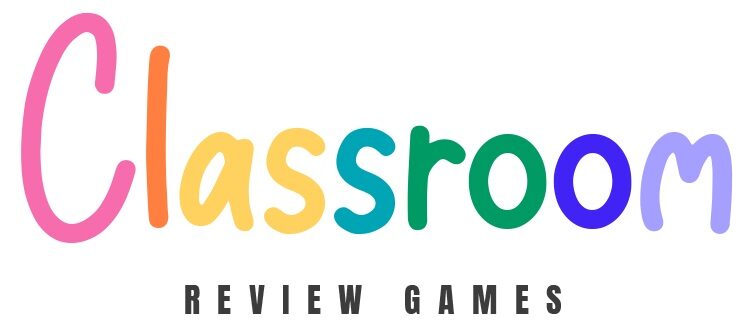10 Techniques to Use Positive Reinforcement in the Classroom
Using positive reinforcement in the classroom is a powerful strategy to encourage and maintain desired behaviors among students. It involves recognizing and rewarding positive behaviors, which in turn motivates students to continue acting in those ways.
Here are some practical steps and tips on how to effectively use positive reinforcement in an educational setting:
1. Identify Desired Behaviors
Start by clearly defining the behaviors you want to encourage in your classroom. These could range from academic achievements, like completing homework on time, to social behaviors, such as helping classmates or participating in class discussions.
2. Choose Appropriate Reinforcers
Select reinforcers that will be meaningful and motivating for your students. These can vary widely depending on the age group, individual preferences, and cultural contexts. Reinforcers can include verbal praise, stickers, extra recess time, special privileges, or tokens that can be exchanged for rewards.
3. Be Specific and Immediate
When providing positive reinforcement, be specific about what behavior you are rewarding and do so as immediately as possible after the behavior occurs. This helps students make a clear connection between their actions and the positive consequence, reinforcing the likelihood of the behavior being repeated.
4. Be Consistent
Consistency is key in reinforcing desired behaviors. Apply positive reinforcement consistently across similar behaviors and among all students to establish a reliable link between positive actions and outcomes.
5. Use Varied Reinforcement
To keep students engaged and motivated, vary the types of positive reinforcement you use. This prevents the rewards from becoming stale or less motivating over time.
6. Encourage Self-Reinforcement
Teach students to recognize and reward themselves for positive behavior. This promotes self-regulation and internal motivation, which are important skills for lifelong learning and success.
7. Pair with Constructive Feedback
While focusing on positive reinforcement, also provide constructive feedback for areas where improvement is needed. This helps students understand and work on their weaknesses in a supportive environment.
8. Reinforce Effort, Not Just Achievement
Reward the effort and progress, not just the end results. This encourages a growth mindset, helping students to value hard work and persistence even in the face of challenges.
9. Involve Students
Engage students in the process by letting them have a say in setting goals and choosing potential rewards. This increases their investment in the desired behaviors.
10. Monitor and Adjust
Regularly assess the effectiveness of your reinforcement strategies and be prepared to make adjustments. What works well for one class or student might not be as effective for another.

Implementing positive reinforcement in the classroom requires thoughtfulness and flexibility, but when done effectively, it can create a more positive learning environment, improve student behavior and engagement, and foster a culture of recognition and achievement. Unlike negative reinforcement, which involves removing something to increase a desired behavior, positive reinforcement adds something rewarding to strengthen good behavior and outcomes.

